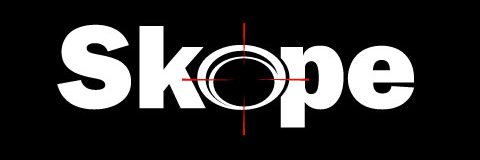When setting up a temporary storefront—whether it’s for a pop-up shop, seasonal sale, or a trade show—merchandise presentation is key. Heavy fixtures like shelving units, signage, lighting rigs, and display racks are often necessary to create a polished, professional appearance. But with the temporary nature of these spaces, store owners face a critical question: how can you securely fasten heavy fixtures without compromising safety or damaging leased property?
The answer lies in choosing the right anchoring solution—especially when you need strength and removability. One reliable option that stands out in these situations is the purchase expansion anchors.
Why Fastening Matters in Temporary Setups
Temporary storefronts often occupy leased retail spaces, converted storage areas, or modular booths. These locations usually come with restrictions on permanent modifications. Despite this, heavy fixtures still need to be securely fastened to:
- Prevent accidents or tip-overs
- Protect valuable merchandise
- Comply with safety regulations
- Maintain a professional brand image
This presents a challenge: how do you anchor large items to walls, floors, or ceilings without leaving behind significant damage or engaging in complex installations?
Expansion Anchors: The Ideal Solution
Expansion anchors offer a versatile, strong, and often removable solution for fastening heavy fixtures in temporary spaces. Unlike permanent anchors, expansion anchors can be installed into concrete, brick, or block without requiring deep penetration or adhesives.
Key Benefits:
- Strong load-bearing capacity – Suitable for heavy shelving, display racks, and equipment.
- Ease of installation – Quick to set up with basic tools.
- Minimal damage – Often removable, with limited surface disruption.
- Reliable holding power – Even in high-traffic or high-load environments.
You can purchase expansion anchors in various sizes and materials (like zinc-plated steel, stainless steel, or nylon) to suit your specific storefront needs.
Choosing the Right Expansion Anchor
To ensure safety and performance, select the appropriate anchor based on:
- Wall/floor type: Concrete, brick, drywall, or block
- Fixture weight and usage: Is it static or under dynamic load?
- Environmental conditions: Will the space experience humidity or temperature shifts?
- Installation constraints: How much time and labor can be devoted?
For example, sleeve anchors are ideal for concrete and masonry, providing solid grip with a relatively simple installation. Wedge anchors, on the other hand, are best for extremely heavy loads but may require more effort to remove later.
Best Practices for Temporary Storefront Anchoring
- Plan ahead – Understand weight limits and structure types before installation.
- Use the correct anchor size – Avoid overloading smaller anchors.
- Follow safety codes – Especially in public retail environments.
- Minimize wall damage – Choose anchors with minimal expansion or use insert sleeves for easier removal.
- Test before loading – Always ensure that fixtures are stable before use.
Final Thoughts
Fastening heavy fixtures in a temporary storefront doesn’t have to be a compromise between safety and flexibility. With the right hardware—such as expansion anchors—you can achieve a secure, polished setup that’s easy to dismantle when it’s time to move on.
Need to stock up? Purchase expansion anchors today and set your temporary storefront up for both stability and success.

